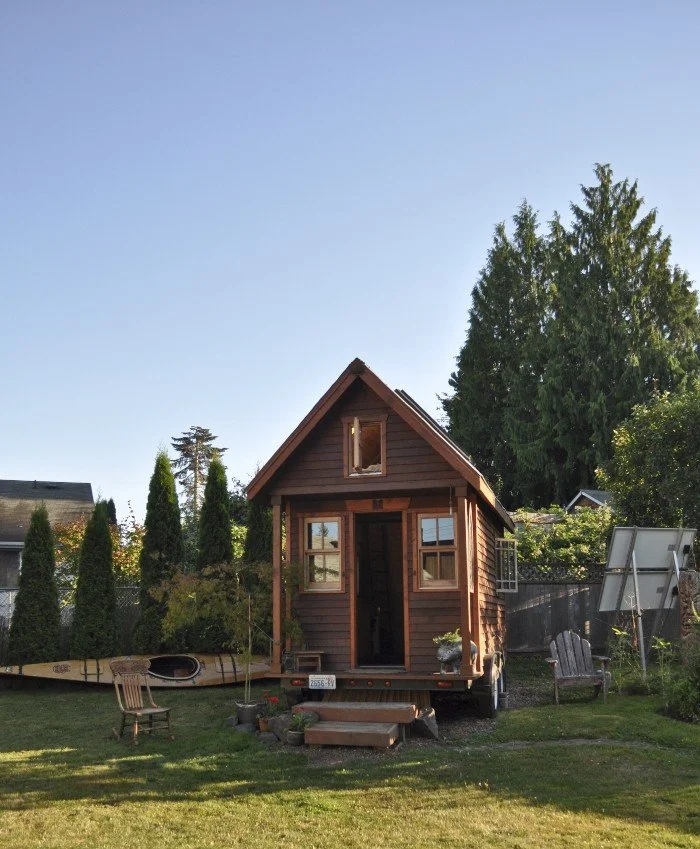Making Downsizing Practical
As more homeowners look to a life with kids out of the house and retirement approaching, many find themselves with homes that are no longer suited to their needs. A home for 2.3 kids becomes an expensive empty shell once those kids are gone, with too much space and too much upkeep. Hang Stringer, a longtime entrepreneur of Austin, Texas describes a desire among people his age to not only downsize, but to find homes that are both practical and desirable. “Tiny houses,” while more manageable with their small footprint, have drawbacks in that their spartan designs prevent them from taking advantage of existing utilities. Larger single-wide trailer homes don’t have the drawbacks of tiny-homes, but their standard designs aren’t desirable to homeowners looking to downsize.
“RedWorks’ vision for efficient 3D building materials is so exciting, it gets me thinking how quickly the way the world builds affordable and multi-purpose homes will change. Selfishly, I’m looking forward to the home my wife and I will build using RedWorks as we retire and downsize. The options and affordability will be amazingly useful.” —Hank Stringer, Stringer Executive Search
The economies of scale with existing zoning laws make tiny homes less economical to build than a much larger home that uses most of its available land.
On average, a homeowner age 65 to 74 who downsizes will spend only about 8% less than what they got for their old house. This stems from the fact that the economies of scale in construction actually make it more cost effective for a builder to buy materials and in bulk and build larger homes.
What is needed is a way to build homes that offer the low cost and practicality of a trailer home, with the attractive features of a tiny home. To do that will mean changing the economies of scale for construction. Not only to build single properties, but develop communities that can support their residents with the utility conveniences of full sized homes. Too often downsizing becomes a burden, as homeowners must either accept the high cost of traditionally built homes, communities with poorer infrastructure than they’re used to, or lonely plots without the community older homeowners desire.
RedWorks Construction Technologies, Inc. is already working to make construction less costly and more adaptable by giving builders the power to make materials on-site, and this capability will be essential to making downsizing more affordable and practical. RedWorks printers only require a steady source of electricity to turn dirt into building blocks, and eliminate costs for shipping the heaviest materials to site, thus keeping costs much lower than traditional build material. Moreover, on-site 3d printing will also enable builders to create their own infrastructure; the same dirt excavated to build walls, foundations, and roofing, can also be used to build drainage systems, sidewalks, and roads. Developers will have the means to build the kinds of communities older homeowners want, at a cost that won’t break the bank for builders, or make smaller homes too expensive for prospective buyers to downsize in the first place. We see our technology helping to create a new generation of villages and hamlets, literally from the ground up, where people like Hank can settle into retirement among friends without having to sacrifice the comfort and convenience of traditional suburban communities.
As more Americans near retirement, construction needs to adapt to not only keep costs down but to make sure that downsizing doesn’t mean reducing quality of life. As members of the construction industry, we must work to keep innovating to lower costs down while maintaining quality as more people look to enter their golden years in a homes built for their needs.

